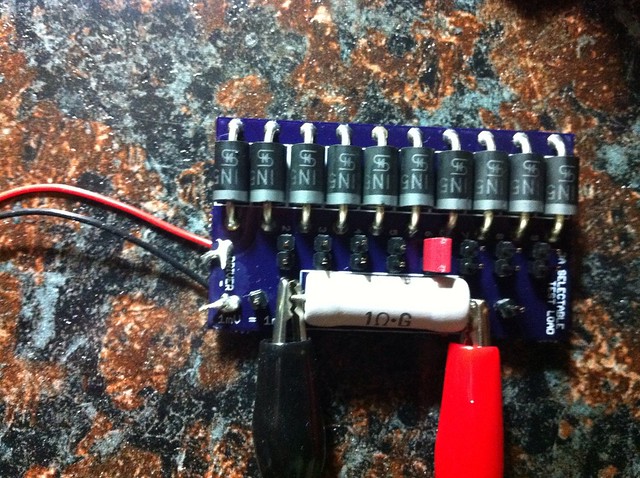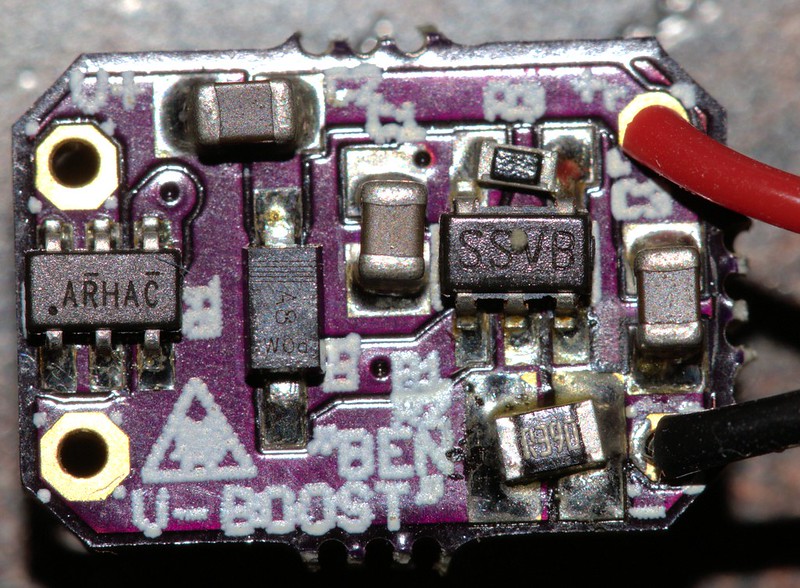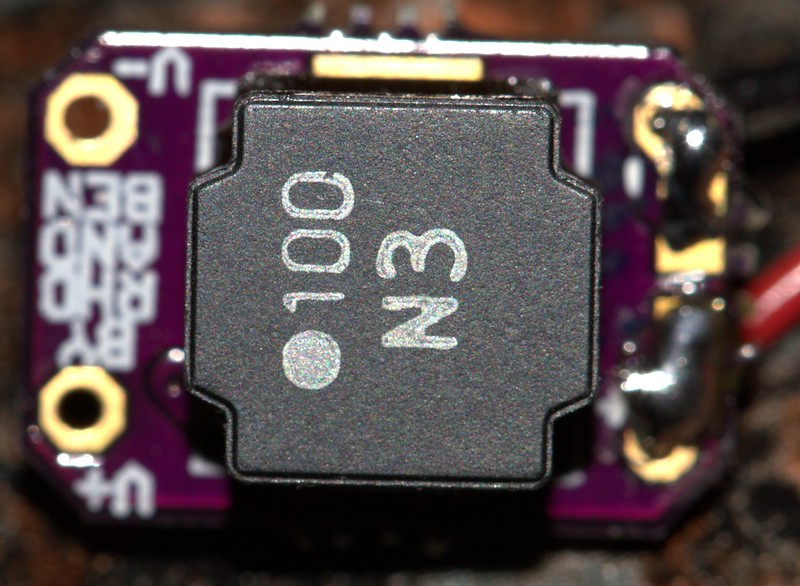Hiemal
0
- Joined
- Dec 27, 2011
- Messages
- 1,443
- Points
- 63
Tom, in order to scope the output of the driver, you need to hook up the grounding clip to whereever the diode's negative is. Then, take the probe and hook it to the positive output of the driver. You'll need to run it with a testload obviously, but, this way you'll be scoping whatever it is your diode will see. Those slopes in some of those scope pictures look a lot more like what the ripple should be.
Also, it can't be the wrong IC. If it was the wrong ic it wouldn't work, period.
Also, it can't be the wrong IC. If it was the wrong ic it wouldn't work, period.










